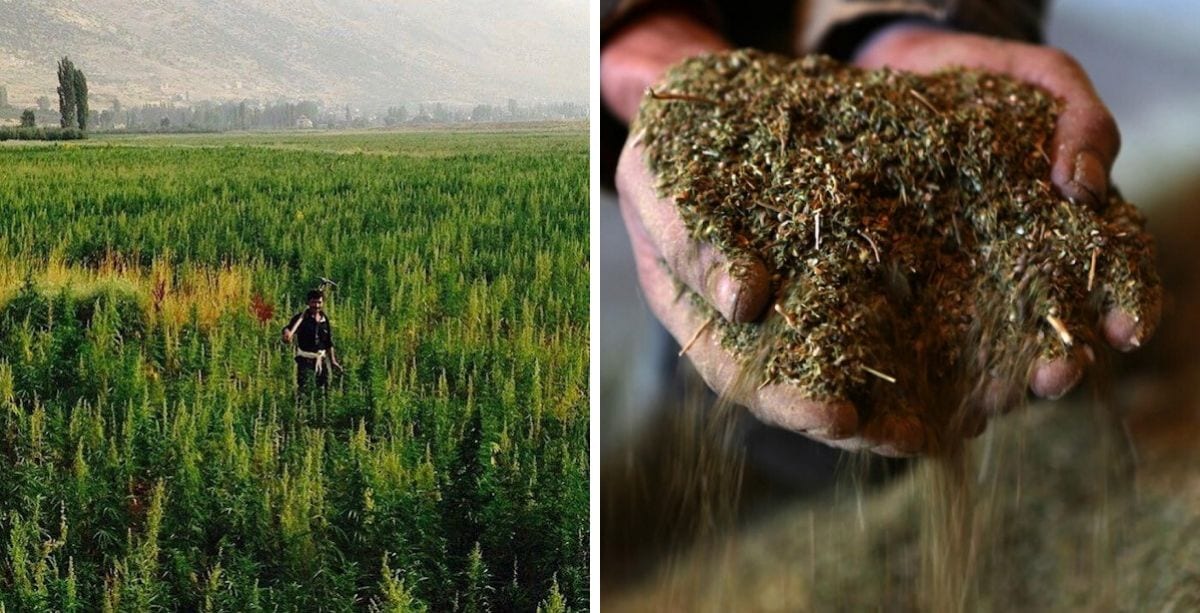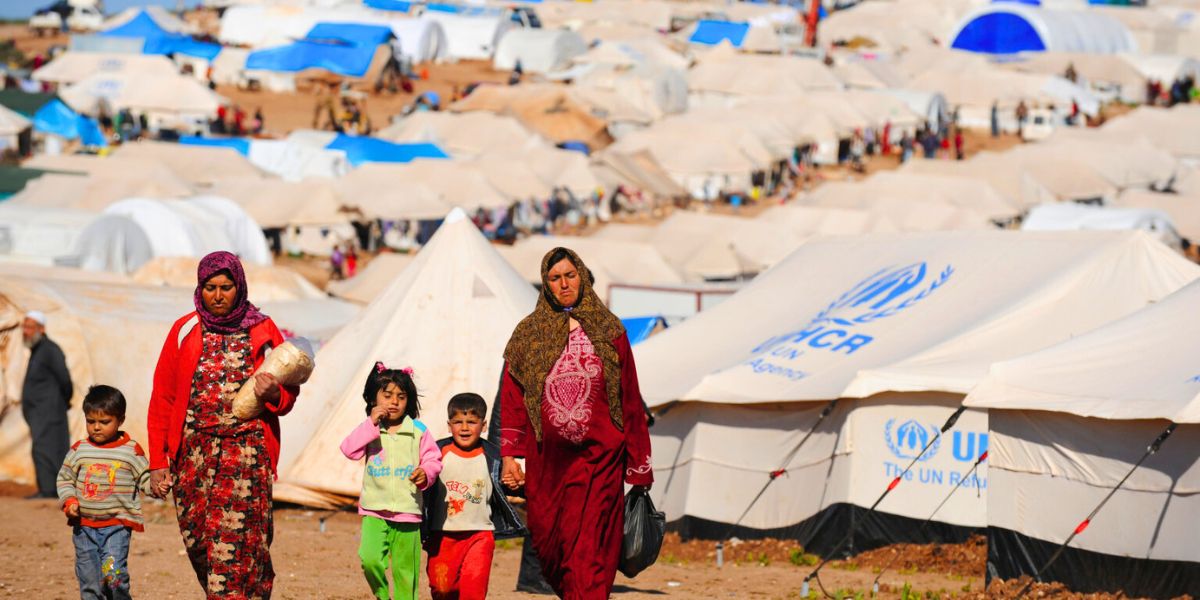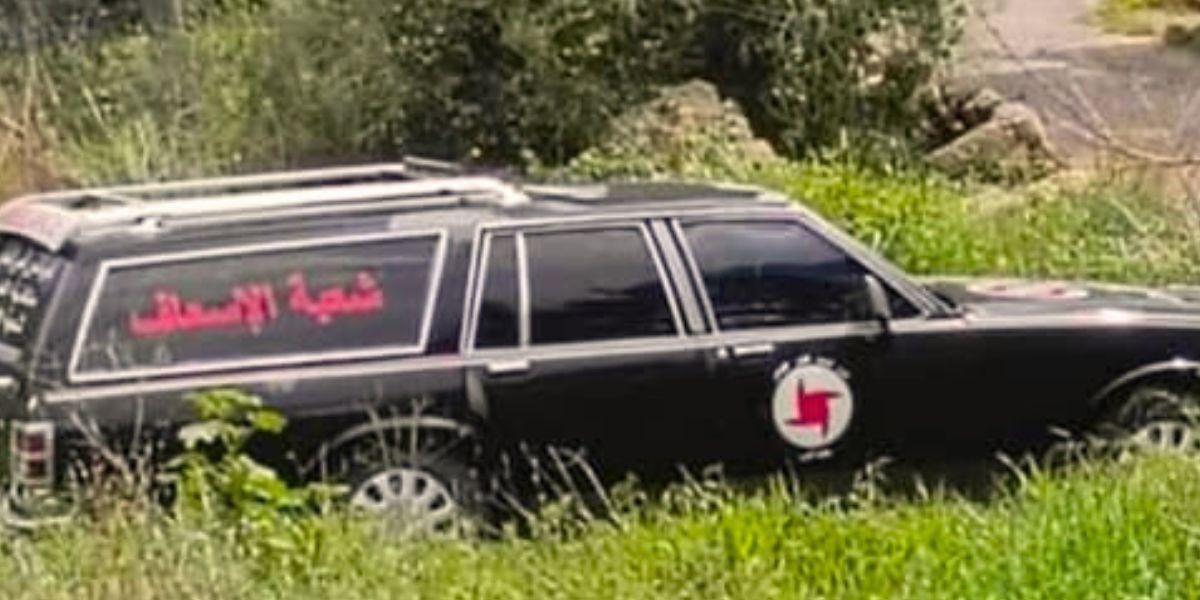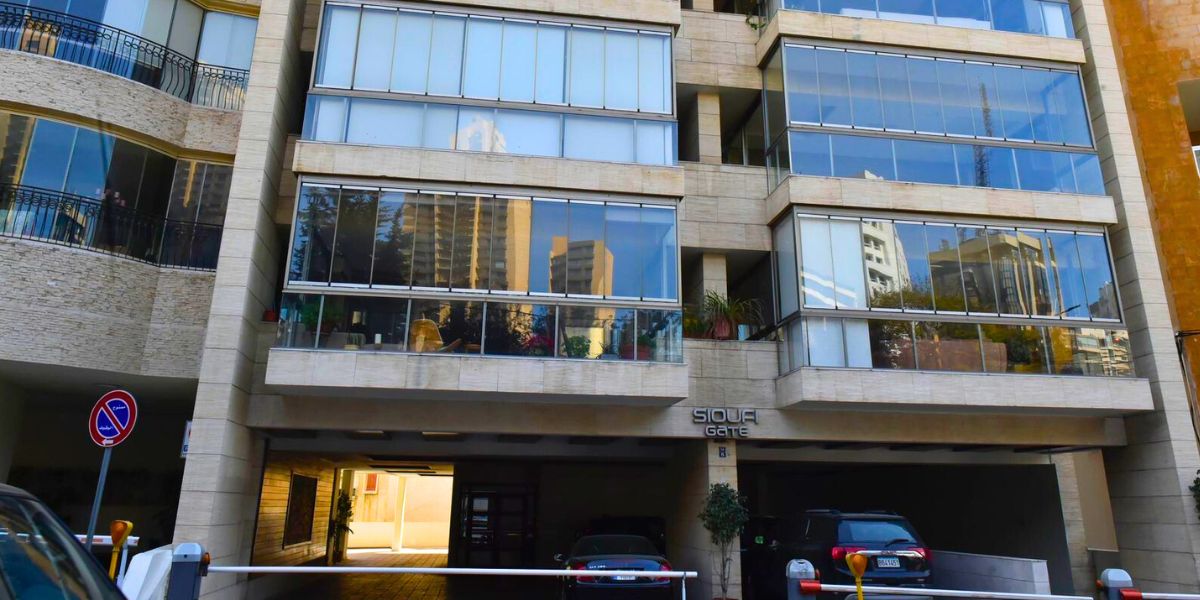The history of weed cultivation in Lebanon goes back to the days of emperors and Mutasarrifate.
Even though weed cultivation was deemed illegal in Lebanon until very recently, it is no secret to anyone, local or international, that Lebanon’s cannabis is one of the finest there is.
Lebanon has finally legalized cannabis cultivation for medical use only in April of 2020, leaving many hoping that the positive net might bring to cultivators and the Lebanese state.
Weed was not always as prohibited in Lebanon. It was commonly grown during the era of the Ottomans whose navy relied on various hemp products.

During the 15 years of civil war in Lebanon, cannabis thrived and flourished. However, millions of dollars were spent in the ’90s to prevent cultivation; fining, and sentencing many to prison.
Even though weed was known to be “Lebanon’s petrol”, its cultivation has been prohibited since 1926, during the era of the French Mandate of Syria and Lebanon.
It was also banned from cultivation in 1992, under pressure from the United States.
Fun Fact: “In 1876, the Sultan of Turkey gave marijuana to the United States as a gift. By 1880, Turkish smoking parlors were opened all over the northeastern U.S,” according to Brainz.
Cannabis cultivation in Lebanon is concentrated mainly in the valleys of the Bekaa region, one of the poorest in the country.
The eastern region extends 120 km from north to south. This cultivation in Lebanon dates back to several centuries, as old as the Ottoman Empire in Lebanon.
During the civil war (1975-1990), hashish (weed) constituted a major financial source of income for militias involved in the conflict, regardless of their sects.
According to Al-Jazeera, Lebanese hashish made up around 80% of the world’s supply during the years of the country’s civil war (1975-90) when cultivation was at its peak.
In the mid-1980s, Western intelligence services estimated cannabis production at more than 1,814 tons annually in Lebanon, which at that time became one of the main centers of drug trafficking in the world.
This included, in addition to the production of heroin and cocaine, approximately $4 billion in annual profits for local drug barons.
Beginning of the 1990s and the 2000s, various Lebanese governments launched operations aimed at eliminating the cultivation of cannabis and opium poppy.
These weeds are a major source of sustenance for entire families who have consistently called for their legislation.
However, Lebanon never succeeded in eliminating the cultivation, and it failed to secure a comprehensive alternative development project in the region.
It also failed to ensure that farmers are compensated for the resulting loss if they stopped selling their harvest to local drug dealers.
A well-known merchant in Bekaa said, “If you legalize marijuana for six months, I will pay off all government debts!”
At the beginning of 2010, two hectares of weed provided a revenue approximate to tens of thousands of dollars a year.
Years ago, a merchant well-known for his weed-made fortune, publicly challenged the authorities, “If you legalize marijuana for six months, I will pay off all government debts!”
The destruction of cultivation, which affects thousands of hectares each year, has sometimes resulted in armed skirmishes with many Bekaa clans that control cultivation.
In 2012, the Lebanese army bulldozers that destroyed the cultivation in Bekaa were attacked by rocket launchers.
In 2016, the Lebanese Internal Security Forces seized 7.5 tons of hashish and arrested more than 540 people involved in drug trafficking.
ISF confirmed that about 50 percent of hashish production is sold at local markets and the other half are exported to Europe, especially through Egypt and Libya.
















